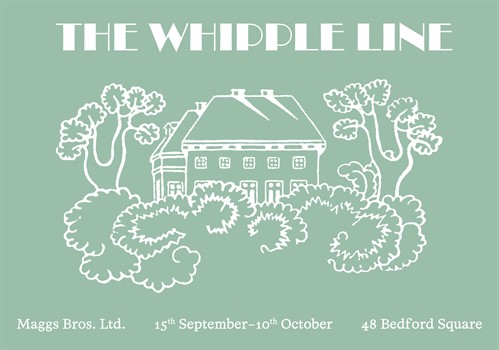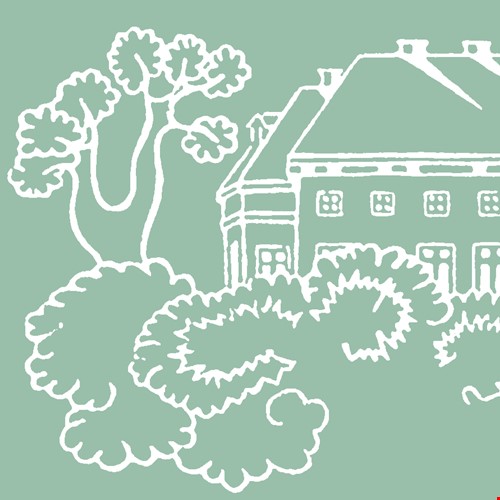
An exhibition celebrating the life and works of Dorothy Whipple
Opening at 48 Bedford Square from 15th September - 10th October 2022.
Monday - Friday: 09:30am - 5pm
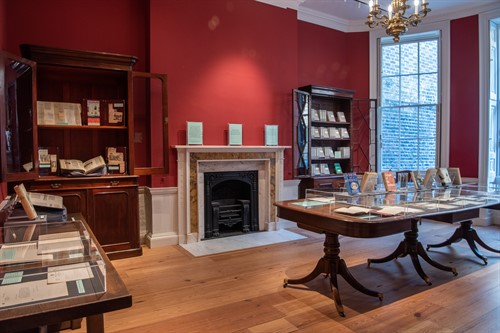
Introduction:
Dorothy Whipple (1893–1966) was an immensely popular author of eight best-selling novels, two memoirs and numerous short stories and children’s books. First editions of her books are scarce, having been read to extinction through circulation via lending libraries. Whipple’s popularity waned in the 1950s, and her novels were famously rejected by the editors of the nascent Virago Press. ‘The Whipple line’ became a Virago inhouse measure for manuscripts under consideration; those that fell below the ‘Whipple line’ were deemed unacceptable. This exhibition of Whipple’s writing life through notebooks, drafts and correspondence with publishers, reviewers and contemporary authors, reconsiders the ‘Whipple Line’. Whipple’s self-regard as a writer reveals her literary inspirations and aspirations as well as her clearly feminist outlook.
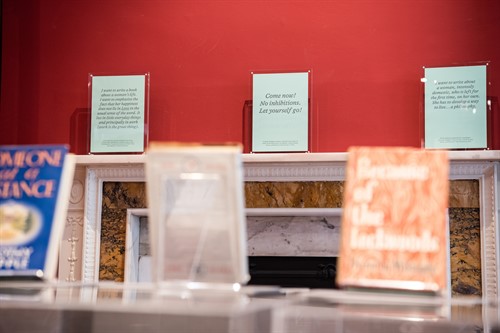
Biography:
From an early age, Dorothy Whipple (neé Stirrup) wrote stories, largely for the amusement of her five siblings at their family home in Blackburn, Lancashire. Whipple’s first published story appeared in the Blackburn Weekly Telegraph in 1905; when the author was just 12 years old. Between 1905 and 1910 she published over 40 stories in the paper. Whipple attended Blackburn High School and the Convent of Notre Dame from 1905-1911. Despite earning the highest mark nationally in the exam for English Literature and being offered a place at Oxford, she did not attend the prestigious University. If we are to suppose any autobiographical influence in her novels this may have been because she was not permitted to take up her place by her father. She spent the next year in France at a convent at Sens-sur-Yonne and returned to Blackburn in 1913. In the first week of the war her close friend George Owen was killed, his death deeply impacted her, and Whipple’s first novel Young Anne was clearly influenced by this loss.
Most of her writing was done in Nottingham where she moved after her marriage to Henry Whipple, an educational administrator who was 24 years her senior, in 1917. Most of Dorothy Whipple’s novels were Book Society choices or recommendations. Two of the novels, They Knew Mr Knight, 1934, and They were Sisters, 1943, became successful films and many of the short stories were produced as radio plays for the BBC. Whipple was one of the best-known writers of her day.
After her husband’s death in 1958, Whipple returned to Blackburn where she lived until her death in 1966.
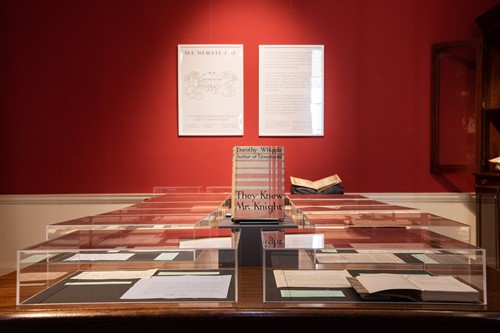
Bibliography:
Novels:
Young Anne (Jonathan Cape, 1927) (republished Persephone, 2018)
High Wages (John Murray, 1930) (Persephone, 2009)
Green Banks (John Murray, 1932) (Persephone, 2011)
They Knew Mr Knight (John Murray, 1934) (Persephone, 2000 and 2022)
The Priory (John Murray, 1939) (Persephone, 2003)
They were Sisters (1943) (Persephone, 2005)
Because of the Lockwoods (John Murray, 1949) (Persephone, 2014)
Someone at A Distance (John Murray, 1953) (Persephone, 1999)
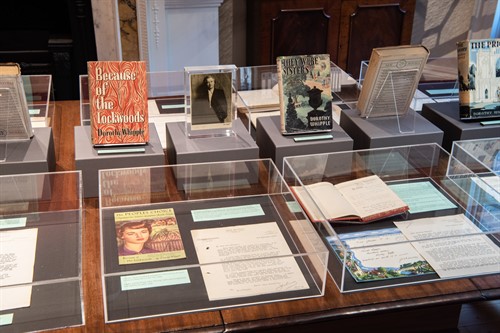
Short Stories:
On Approval (John Murray, 1935)
After Tea and other stories (John Murray, 1941)
Wednesday and other stories (Michael Joseph, 1961)
The Closed Door and other stories (Persephone, 2007; collection from previously published)
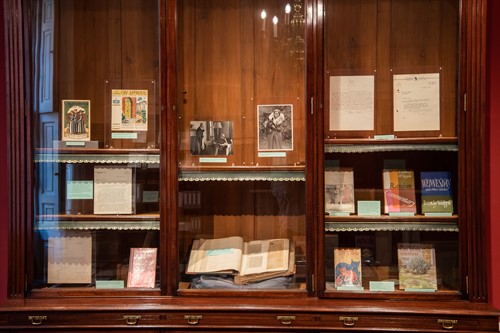
Memoirs:
The Other Day (Michael Joseph, 1950) (Persephone, 2022)
Random Commentary (Michael Joseph, 1966) (Persephone, 2020)
Children's Books:
The Tale of a Very Little Tortoise (Frederick Warne, 1962; illustrated by Hubert Williams)
The Smallest Tortoise of All (Frederick Warne, 1964; illustrated by Hubert Williams)
The Little Hedgehog (Lutterworth Press, 1965, illustrated by Elsie Wrigley)
Mrs Puss and That Kitten (Lutterworth Press, 1967, illustrated by Georgette Apol)
